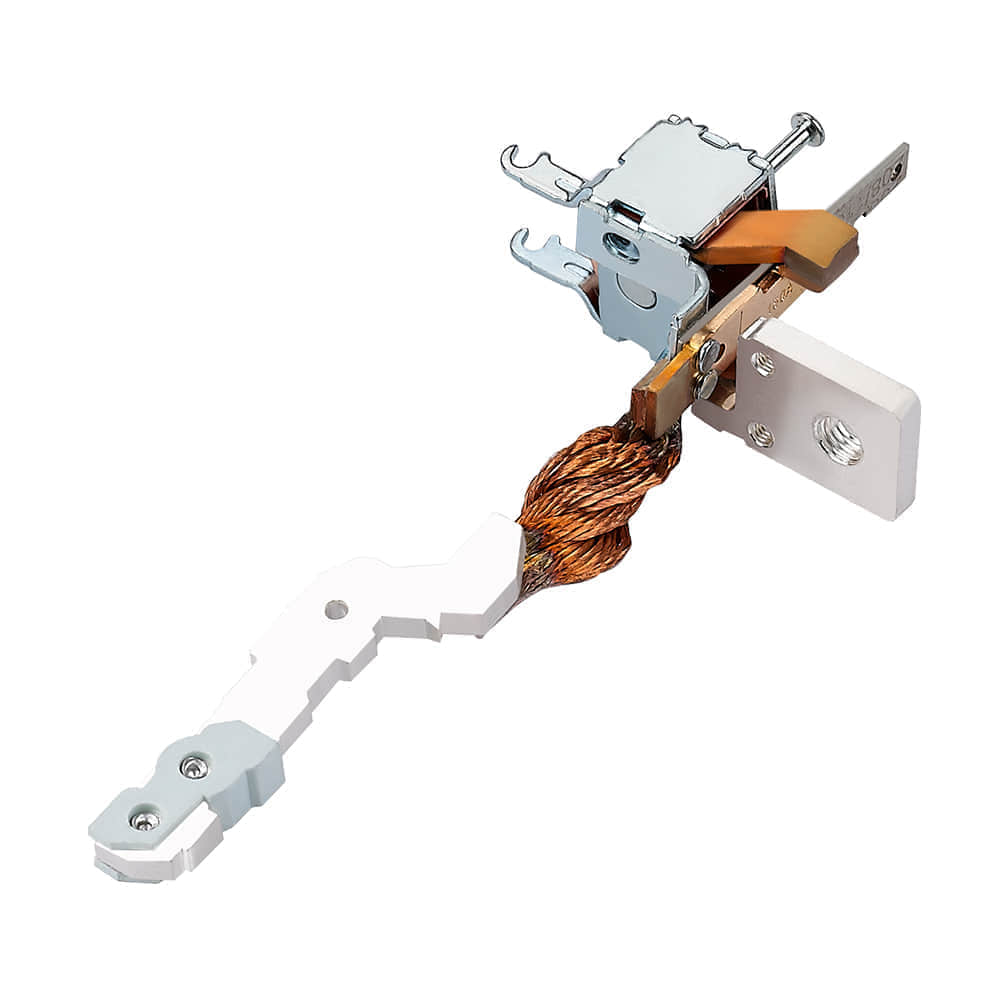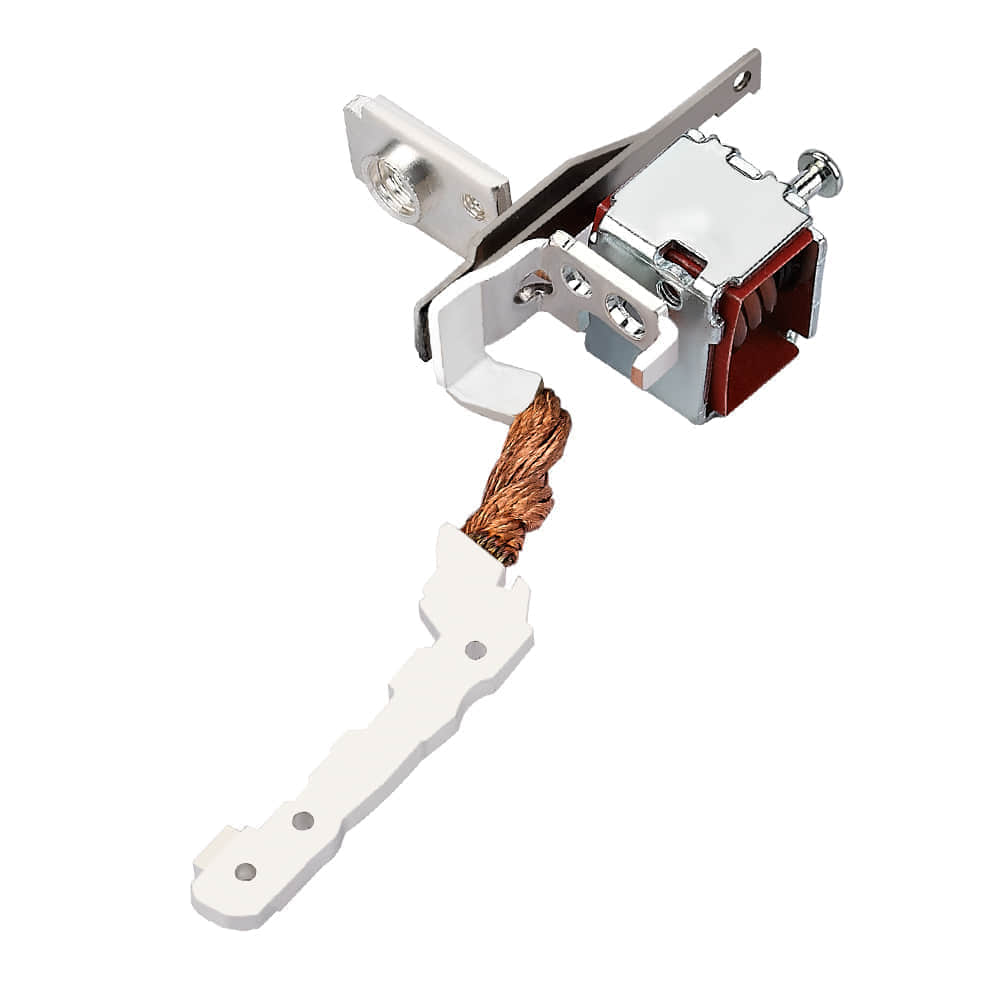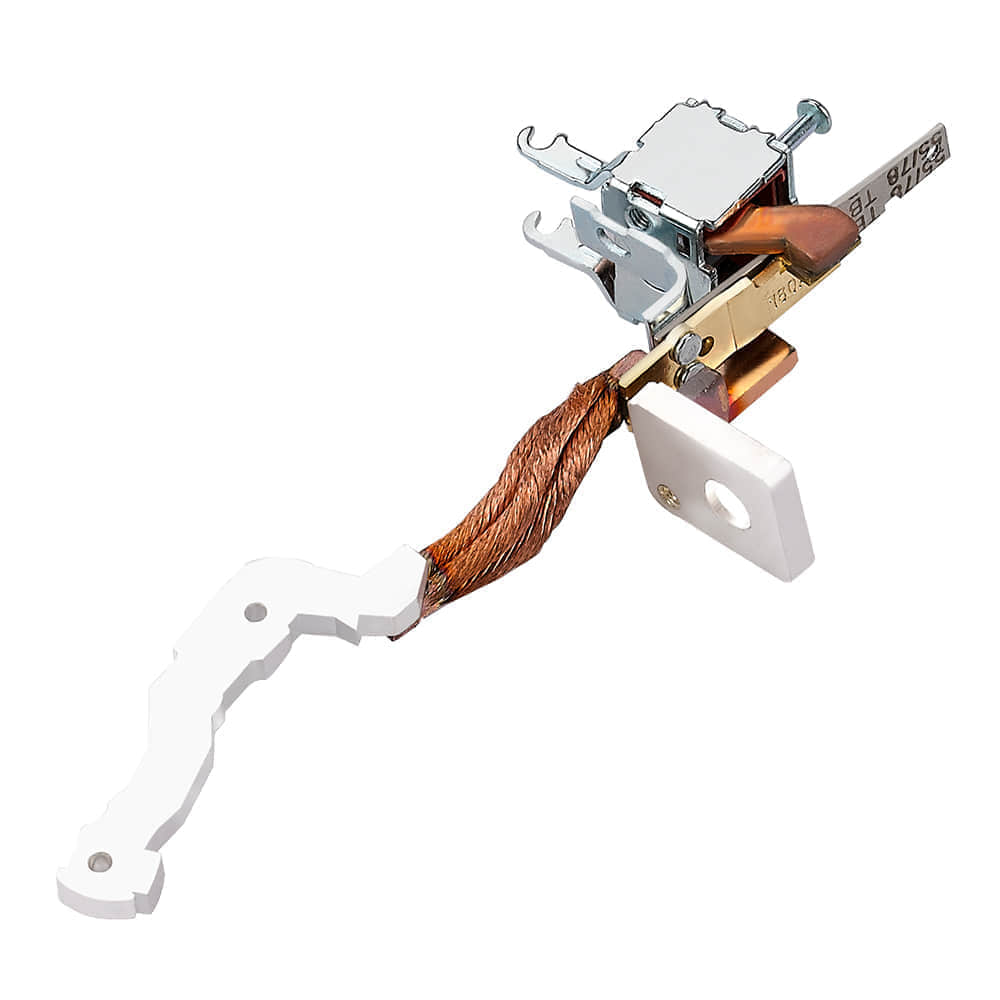Metal stamping is a versatile and widely used manufacturing process that plays a crucial role in producing a variety of metal parts and components. This process involves shaping metal sheets into desired forms using high-pressure tools and dies. Metal stamping parts are integral to numerous industries, including automotive, aerospace, electronics, and consumer goods. This article provides an in-depth look at metal stamping parts, exploring the process, benefits, and applications of this essential manufacturing technique.

The Metal Stamping Process

Metal stamping begins with a flat sheet of metal, known as the “blank,” which is fed into a stamping press. This press uses various tools and dies to cut, shape, or form the metal into specific components. The process can be divided into several stages, including blanking, punching, bending, and embossing. Blanking:In this initial stage, a metal sheet is cut into a flat piece called a blank. The blank is then prepared for further processing. Blanking is a critical step as it determines the size and shape of the final part. Punching:Punching involves creating holes or cutouts in the metal blank. A punch and die set is used to remove material from the blank, creating precise holes or patterns.
